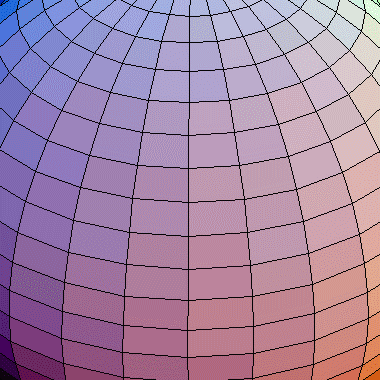"The cosmos* is a sphere, the exact center of which is everywhere, and its circumference does not exist".
It is an aphorism uttered by a number of people, mostly remaining the same, throughout history. From Parmenides, to Plato, To Pascal and before him others.
*Sometimes instead of cosmos, it is written: God.
I was aware that some ancient greek thinkers and schools of thought supported the idea that the sphere is the most perfect form (possibly because every point of its exterior has an equal distance from its center) and thus it is divine. But i do not really understand that quote. Why does it have no circumference?
It is an aphorism uttered by a number of people, mostly remaining the same, throughout history. From Parmenides, to Plato, To Pascal and before him others.
*Sometimes instead of cosmos, it is written: God.
I was aware that some ancient greek thinkers and schools of thought supported the idea that the sphere is the most perfect form (possibly because every point of its exterior has an equal distance from its center) and thus it is divine. But i do not really understand that quote. Why does it have no circumference?


